Introduction & Underclocking
Introduction
Being able to test the difference that Shaders make isn't something that we normally test or get the chance to test very often. The launch of the GTX 480, though, was full of so much drama in relation to yields and its performance.
The biggest change that seemed to happen right in front of our eyes was a shift from the 512 Shaders we thought the card would ship with, to 480 Shaders. Sure, we knew it was going to cause a performance hit, but how much of a performance hit? The decreased amount of Shaders was only one of the issues with the GTX 480, though, with other issues being heat, noise and power draw.
While the latter didn't bother me, the first two were real issues; first we saw Galaxy attack the heat and noise with an awesome looking triple fan, triple slot cooler. We then saw GIGABYTE and MSI attack the model; in the end the GTX 480 looked like a great product and to be honest it still is, especially with some of the bargain prices it can be grabbed for now from some places.
We wonder, though, what would've happened if the GTX 580 we looked at today launched as the GTX 480 in March; the same clocks, but the new cooler and more importantly the 512 Shaders that we had hoped to have initially.
Underclocking
Something a bit different this time is the fact that we need to underclock our card here. Before we talk about that, let's cover the similarities. Both cards carry 48 ROPs, 1536MB of GDDR5 on a 384Bit bus, and on a 40nm core.
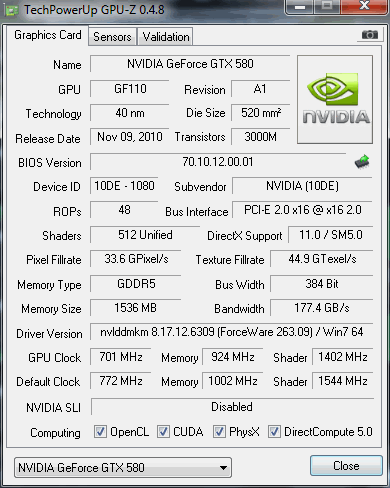
The two big differences are the Shaders and the clocks. The GTX 480 offers 480 Shaders while the GTX 580 offers 512; a number that we always had hoped the GTX 480 would carry.
The other difference is the clock speeds. The core clock on the GTX 580 is 772MHz verse 701MHz; this makes the Shaders 1544MHz and 1401MHz. As for the memory, the difference there is 4008MHz QDR verse 3696MHz QDR.
So, with Afterburner we've pushed our GTX 580 clocks down to come in line with the GTX 480. This will let us know just what those extra 32 Shaders do for performance without any other factors coming into play.
Test System Setup and 3DMark Vantage
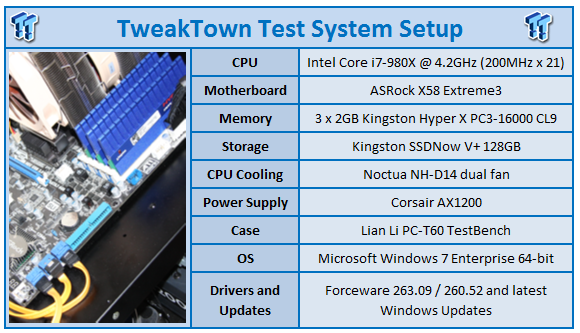
We would like to thank the following companies for supplying and supporting us with our test system hardware and equipment: Intel, ASRock, Kingston, Mittoni, Noctua and Corsair.
Because we just wanted to keep it simple today, we've just got the GIGABYTE GTX 480 and MSI GTX 580 included in our results. The GTX 580 is featured twice; once at default clocks and the other clocked down to GTX 480 speeds. Of course, we've then also got the GTX 480 at its stock speeds.
Let's get started!
3DMark Vantage
Version and / or Patch Used: 1.0.1
Developer Homepage: http://www.futuremark.com
Product Homepage: http://www.futuremark.com/products/3dmarkvantage/
Buy It Here
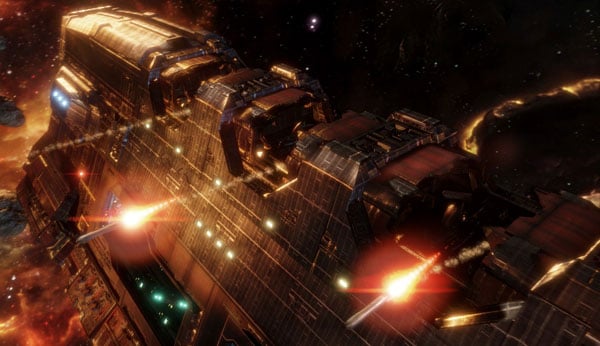
3DMark Vantage is the new industry standard PC gaming performance benchmark from Futuremark, newly designed for Windows Vista and DirectX10. It includes two new graphics tests, two new CPU tests, several new feature tests, and support for the latest hardware.
3DMark Vantage is based on a completely new rendering engine, developed specifically to take full advantage of DirectX10, the new graphics API from Microsoft.
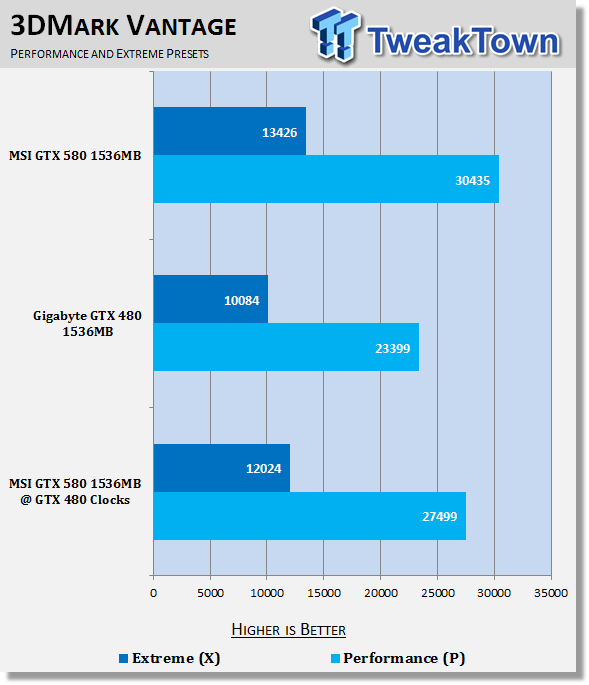
Straight away under Vantage you can see the kind of performance boost we get with those extra Shaders, even though the cards are clocked at exactly the same speed.
Unigine Heaven Benchmark
Version and / or Patch Used: 2
Developer Homepage: http://www.unigine.com
Product Homepage: http://unigine.com/press-releases/091022-heaven_benchmark//
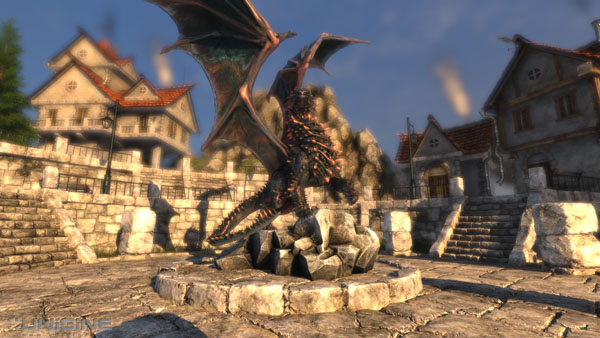
New benchmark grants the power to unleash the DirectX 11 potential in the gift wrapping of impressively towering graphics capabilities. It reveals the enchanting magic of floating islands with a tiny village hidden in the cloudy skies. With the interactive mode emerging experience of exploring the intricate world is ensured within reach. Through its advanced renderer, Unigine is one of the first to set precedence in showcasing the art assets with tessellation, bringing compelling visual finesse, utilizing the technology to the full extend and exhibiting the possibilities of enriching 3D gaming.
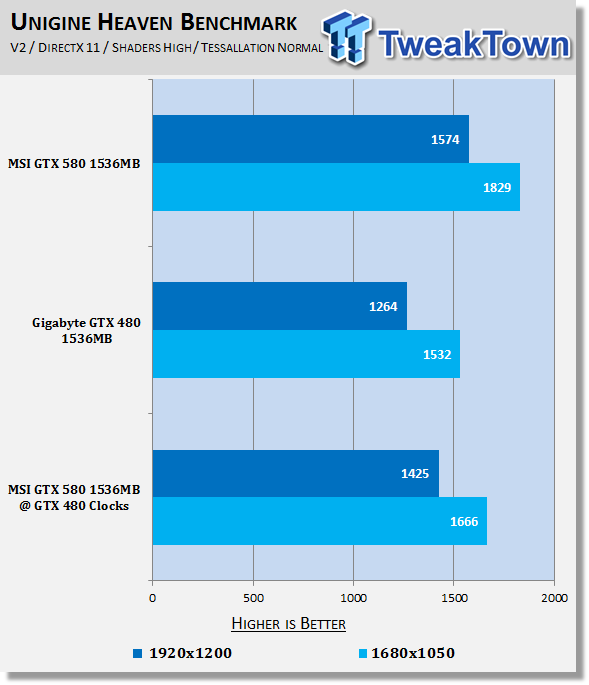
You can see here that at the higher resolution the GTX 580 clocked down sits almost straight in the middle of the two cards.
Benchmarks - Resident Evil 5
Resident Evil 5
Version and / or Patch Used: Demo Benchmark
Developer Homepage: www.residentevil.com/
Product Homepage: http://www.residentevil.com/
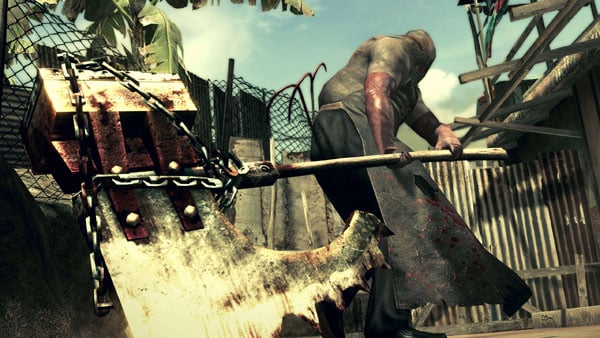
Resident Evil 5 is a survival horror video game developed and published by Capcom. The game is the seventh installment in the Resident Evil survival horror series, and was released on September 18. Resident Evil 5 revolves around Chris Redfield and Sheva Alomar as they investigate a terrorist threat in Kijuju, a fictional town in Africa.
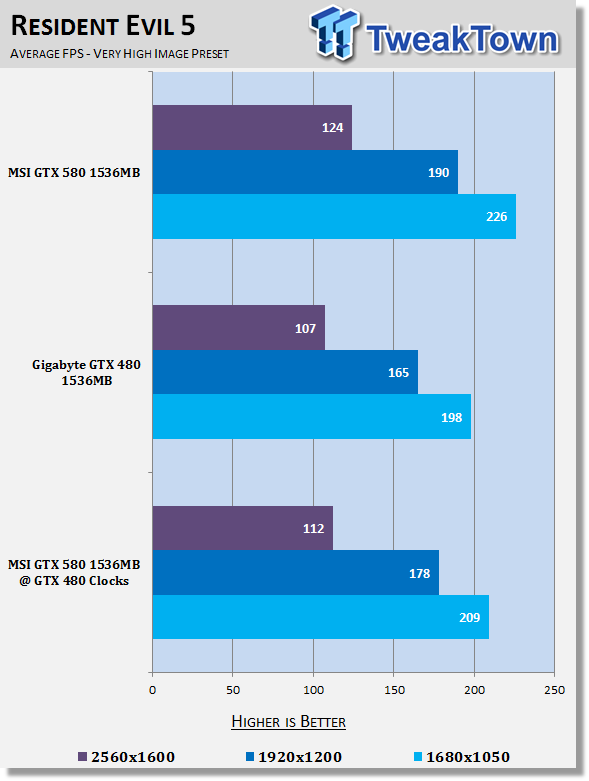
When we get into the real world gains you can see that the extra Shaders indeed help boost overall performance, but that extra clock really helps take the GTX 580 to the next level.
Benchmarks - Tom Clancy's H.A.W.X.
Tom Clancy's H.A.W.X.
Version and / or Patch Used: Benchmark Demo
Timedemo or Level Used: Built-in Test
Developer Homepage: http://www.ubi.com/UK/default.aspx
Product Homepage: http://www.hawxgame.com/
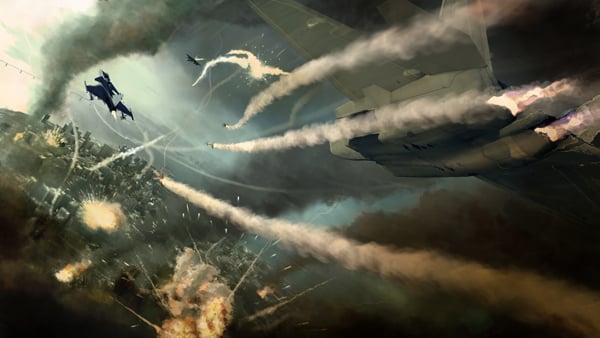
Tom Clancy's H.A.W.X is an arcade-style flight simulator video game developed by Ubisoft Romania and published by Ubisoft for Microsoft Windows, Xbox 360, PlayStation 3, and iPhone OS.
The fundamental gameplay mechanics are similar to those of other console-based flight series. Players take on enemies with over 50 aircraft available. Each mission is at real world locations in environments created with commercial satellite data. A cockpit, first person, and third person view are selectable. The third person view gives the player an external view of both their plane and the target.
Set above the skies of a near-future world, increasingly dependent on private military companies with elite mercenaries who have a relaxed view on the law. As these non-governmental organizations gain power, global conflict erupts with one powerful PMC attacking the United States.
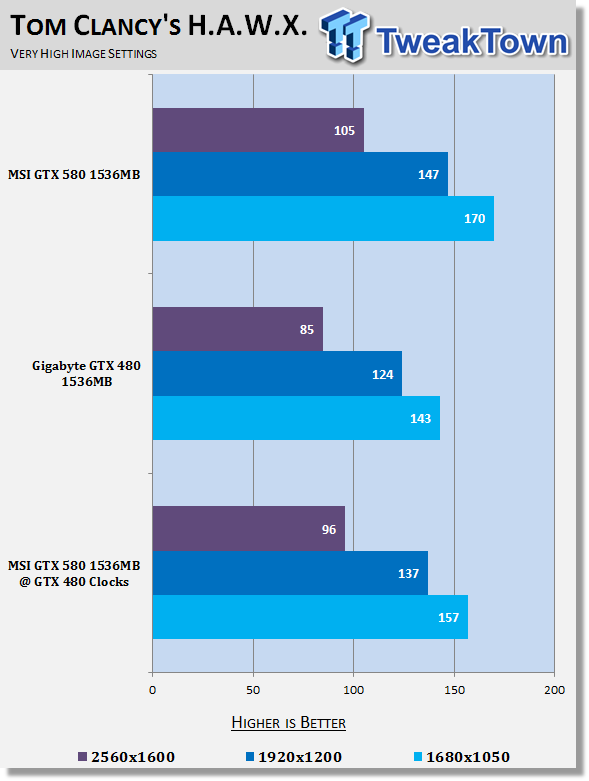
We again see a nice little boost from those Shaders. Under a game like this, though, we've already got good numbers and while we see an even larger boost when the stock GTX 580 clocks come into it, the overall gaming experience doesn't change.
Benchmarks - Mafia II
Mafia II
Version and / or Patch Used: Latest Steam Update
Timedemo or Level Used: Built in Benchmark
Developer Homepage: http://www.2kczech.com/
Product Homepage: http://www.mafia2game.com/
Buy It Here
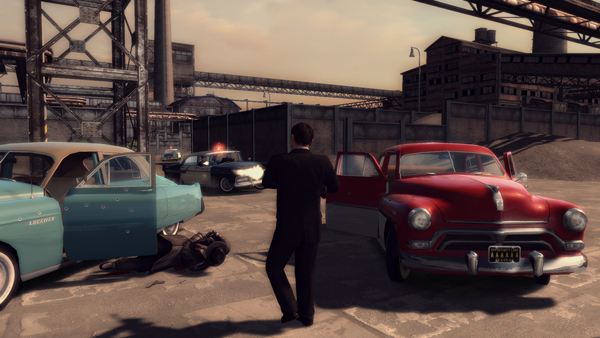
Mafia II is a third-person action-adventure video game, the sequel to Mafia: The City of Lost Heaven. It is developed by 2K Czech, previously known as Illusion Softworks, and is published by 2K Games. The game is set from 1943 to 1951 in Empire Bay (the name is a reference to New York's state nickname "The Empire State"), a fictional city based on San Francisco and New York City, with influences from Chicago and Detroit. The game features a completely open-ended game map of 10 square miles. No restrictions are included from the start of the game. There are around 50 vehicles in the game, as well as licensed music from the era.
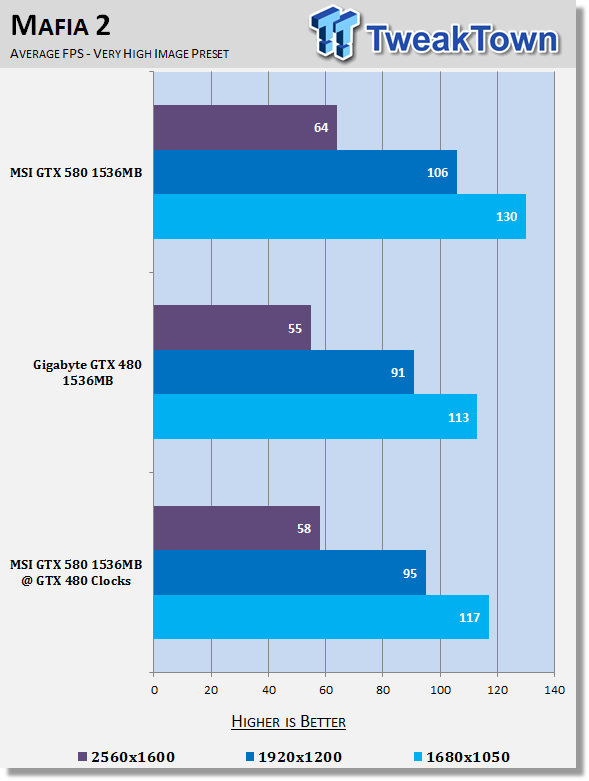
This is a good test here; you can see that even with the extra Shaders we're just falling short of that 60 FPS mark we want at the highest resolution. Once we add some extra MHz onto those 512 Shaders, though, we can see the GTX 580 is able to break the 60 FPS mark at 2560 x 1600 with no issue.
Benchmarks - Lost Planet 2
Lost Planet 2
Version and / or Patch Used: Benchmark Demo
Timedemo or Level Used: Built in Benchmark - Test A Scene 1
Developer Homepage: http://www.capcom.com/
Product Homepage: http://www.lostplanet2game.com/
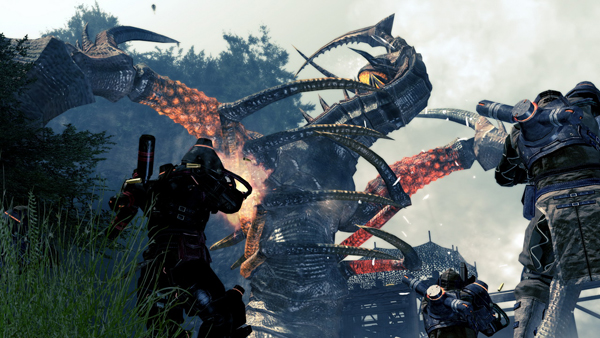
Lost Planet 2 is a third-person shooter video game developed and published by Capcom. The game is the sequel to Lost Planet: Extreme Condition which is also made by Capcom, taking place ten years after the events of the first game, on the same fictional planet. The story takes place back on E.D.N. III 10 years after the events of the first game. The snow has melted to reveal jungles and more tropical areas that have taken the place of more frozen regions. The plot begins with Mercenaries fighting against Jungle Pirates. After destroying a mine, the Mercenaries continue on to evacuate the area, in which a Category-G Akrid appears and attacks them. After being rescued, they find out their evacuation point (Where the Category-G appeared) was a set-up and no pick up team awaited them. The last words imply possible DLC additions to the game, "There's nothing to be gained by wiping out snow pirates... unless you had some kind of grudge."
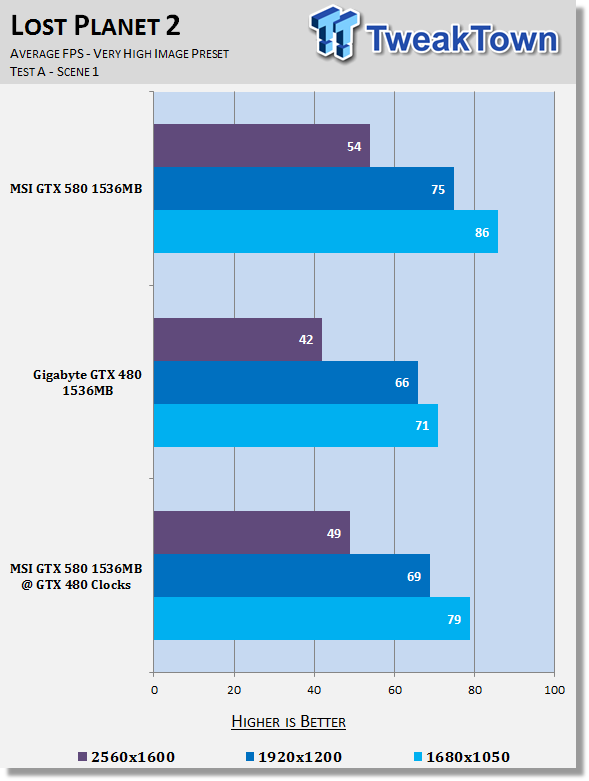
The extra Shaders manage to give us a nice boost at 2560 x 1600 which equates to 7 FPS. When you throw those extra MHz into the mix, that becomes a 12 FPS gain over the stock GTX 480 which is very impressive. Unfortunately we're still below that 60 FPS number we want to see.
Benchmarks - Aliens vs. Predator
Aliens vs. Predator
Version and / or Patch Used: Standalone Benchmark
Timedemo or Level Used: Built in Benchmark
Developer Homepage: http://www.rebellion.co.uk/
Product Homepage: http://www.sega.com/games/aliens-vs-predator/
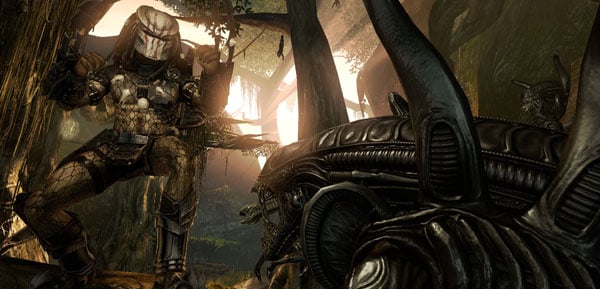
Aliens vs. Predator is a science fiction first-person shooter video game, developed by Rebellion Developments, the team behind the 1999 original PC game, and published by Sega for Microsoft Windows, the PlayStation 3 and the Xbox 360. The game is based on the Alien vs. Predator franchise, a combination of the characters and creatures of the Alien franchise and the Predator franchise. There are three campaigns in the game, one for each race/faction (the Predators, the Aliens and the Colonial Marines), that, while separate in terms of individual plot and gameplay, form one overarching storyline.
Following the storyline of the campaign modes comes the multiplayer aspect of the game. In this Multiplayer section of the game, players face off in various different gametypes in various different ways.
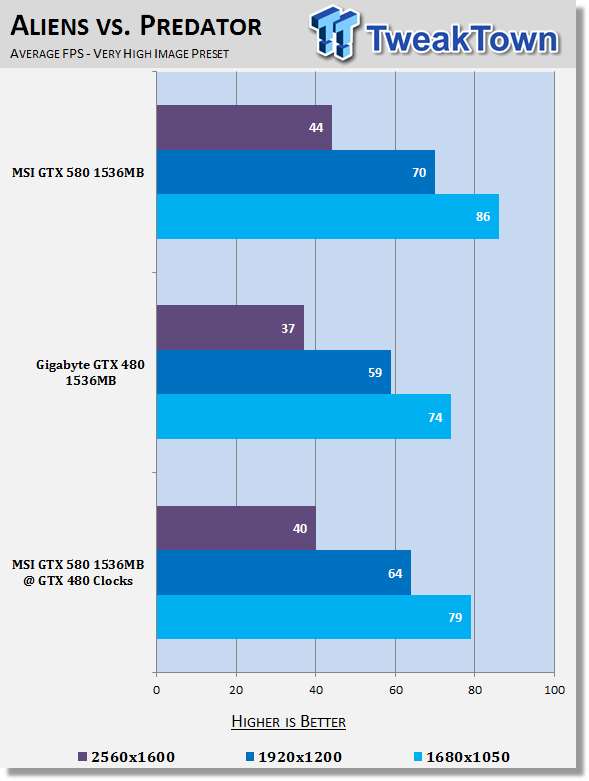
Like Mafia II this is another interesting test; at 1920 x 1200 you can see the GTX 480 just misses out on that 60 FPS mark we aim for. Add in the extra Shaders and the 5 FPS boost takes us past that number. Of course, we add more MHz into the mix and we've all of a sudden gone from under 60 FPS to a nice rounded 70 FPS.
Benchmarks - Final Fantasy XIV
Final Fantasy XIV
Version and / or Patch Used: Standalone Benchmark
Timedemo or Level Used: Built in Benchmark - Elezen (Male)
Developer Homepage: http://www.square-enix.com/
Product Homepage: http://www.finalfantasyxiv.com/
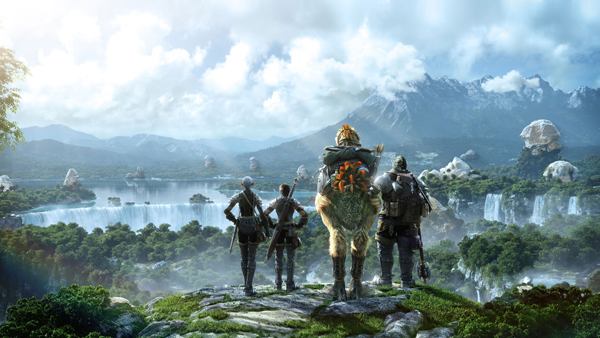
Final Fantasy XIV, also known as Final Fantasy XIV Online, is the fourteenth installment in the Final Fantasy series. The game is a massively multiplayer online role-playing game and is developed and published by Square Enix. The game takes place in a land called Hydaelyn, mainly in a region named Eorzea, which will have a contemporaneously aesthetic blend of science fiction and classic fantasy elements.
The battle and job systems will be different from the one previously used in Final Fantasy XI, which utilized experience points and level-based progression. Final Fantasy XIV is being designed to utilize a skill-based progression[15] system similar to that of Final Fantasy II. Character races will resemble and allow players to create avatars similar to ones in Final Fantasy XI. Group play has been de-emphasized, and now solo and group play have been balanced. Weapon use will alter "character development".
Note: Final Fantasy XIV gives us a score and not a normal FPS rating, our understanding is that anything around 2000 points or above is considered playable.
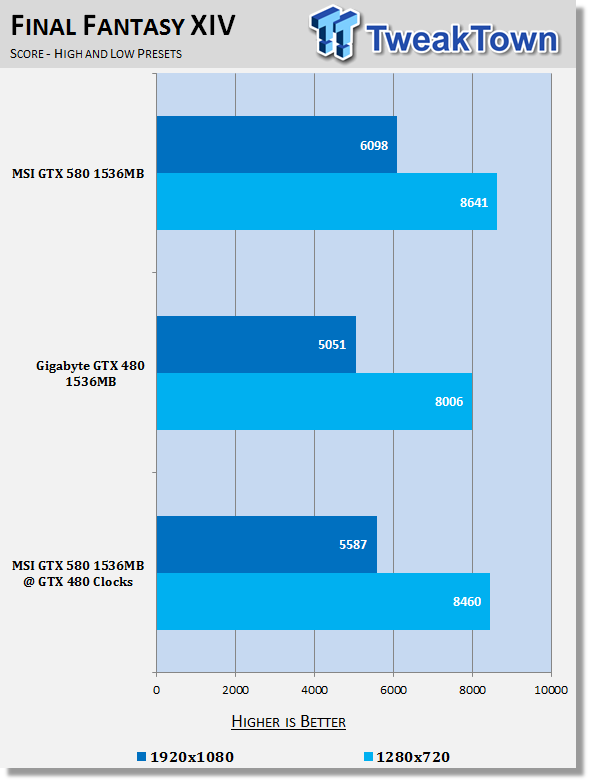
There's clear difference under all three setups here with those extra Shaders offering us about a 10% performance increase at the higher resolution.
Benchmarks - Street Fighter IV
Street Fighter IV
Version and / or Patch Used: Standalone Benchmark
Timedemo or Level Used: Built in Benchmark
Developer Homepage: http://www.capcom.com/
Product Homepage: http://www.streetfighter.com/
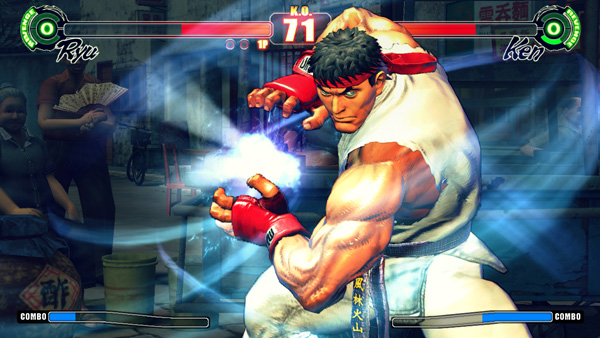
While Street Fighter IV features models and backgrounds rendered in 3D, the gameplay remains on a traditional 2D plane, with the camera having freedom to move in 3D at certain times during fights, for dramatic effect. Producer Yoshinori Ono has stated that he wanted to keep the game closer to Street Fighter II. A new system called "Focus Attacks" ("Saving Attack" for the Japanese version) has been introduced, as well as Ultra moves. The traditional six-button control scheme returns, with new features and special moves integrated into the input system, mixing classic gameplay with additional innovations.
All the characters and environments in Street Fighter IV are rendered as 3D models with polygons, similar to the Street Fighter EX sub-series Capcom produced with Arika. However, there are a couple of key differences. Art director and character designer Daigo Ikeno, who previously worked on Street Fighter III 3rd Strike, opted for non-photorealistic rendering to give them a hand-drawn look, with visual effects accented in calligraphic strokes, ink smudges and ink sprays during the fights.
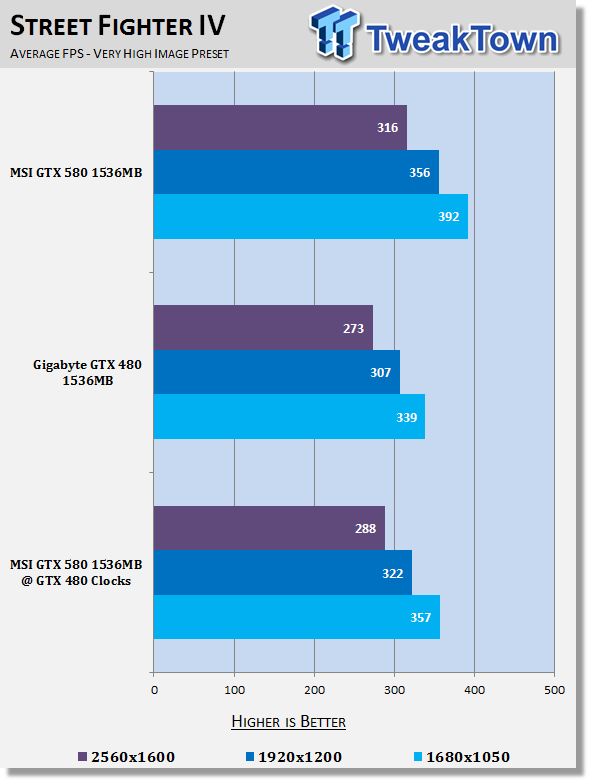
We already see some massive numbers under SF IV, but you can see the performance boost with the extra Shaders.
Benchmarks - Far Cry 2
Far Cry 2
Version and / or Patch Used: 1.01
Timedemo or Level Used: Ranch Long
Developer Homepage: http://www.ubi.com/
Product Homepage: http://www.farcry2.com/
Buy It Here
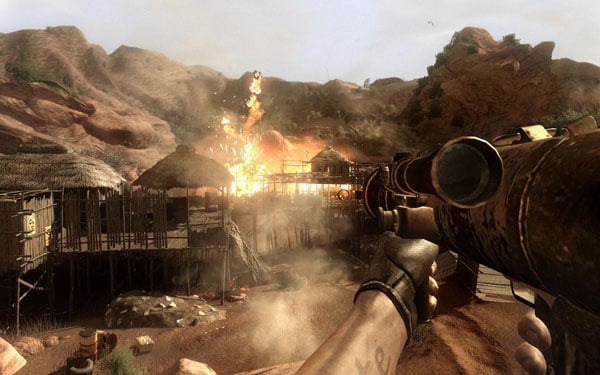
The Dunia Engine was built specifically for Far Cry 2 by the award-winning Ubisoft Montreal development team. It delivers the most realistic destructible environments, amazing special effects such as dynamic fire propagation and storm effects, real-time night-and-day cycle, dynamic music system, non-scripted enemy A.I. and so much more.
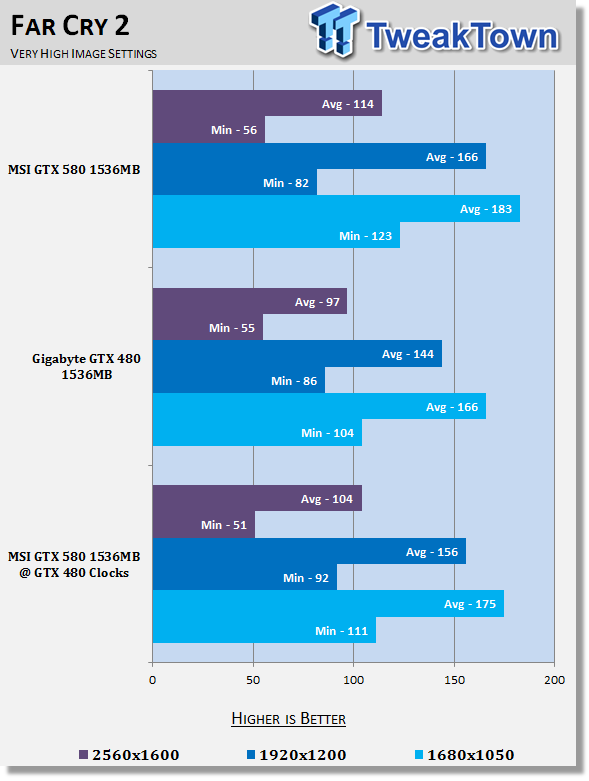
FC2 numbers are a little all over the place when it comes to minimums. We can see the averages move as you would expect, though, as we add more Shaders; and then add more speed to the core and memory.
Benchmarks - Batman Arkham Asylum
Batman Arkham Asylum
Version and / or Patch Used: 1.1
Timedemo or Level Used: Built-in Test
Developer Homepage: http://www.batmanarkhamasylum.com/
Product Homepage: http://www.batmanarkhamasylum.com/
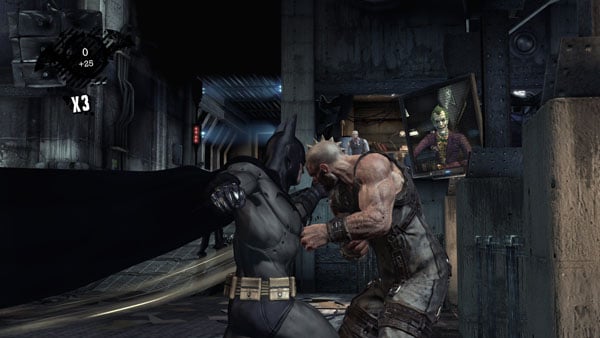
Batman: Arkham Asylum exposes players to a unique, dark and atmospheric adventure that takes them to the depths of Arkham Asylum - Gotham's psychiatric hospital for the criminally insane. Gamers will move in the shadows, instigate fear amongst their enemies and confront The Joker and Gotham City's most notorious villains who have taken over the asylum.
Using a wide range of Batman's gadgets and abilities, players will become the invisible predator and attempt to foil The Joker's demented scheme.
Batman: Arkham Asylum features an original story penned exclusively for the game by famous Batman author and five-time Emmy award winner Paul Dini, whose credits include Lost season one and Batman: The Animated Series.
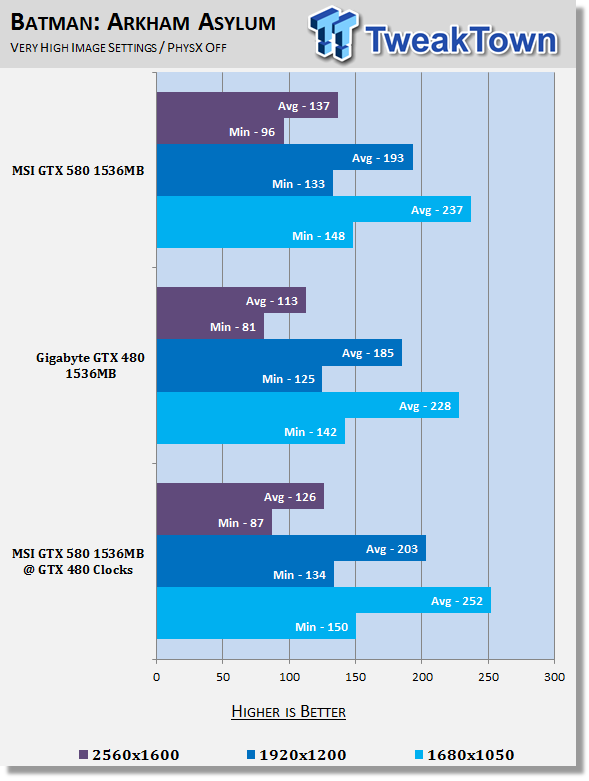
Batman AA numbers go a little all over the place, but for the most part you continue to see what we've seen in all our other tests.
Benchmarks - High Quality AA and AF
High Quality AA and AF
Our high quality tests let us separate the men from the boys and the ladies from the girls. If the cards weren't struggling before they will start to now.
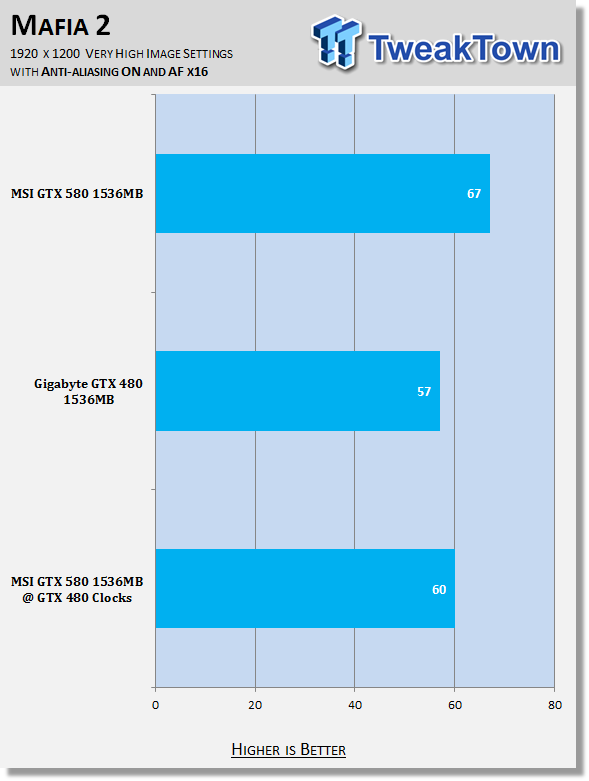
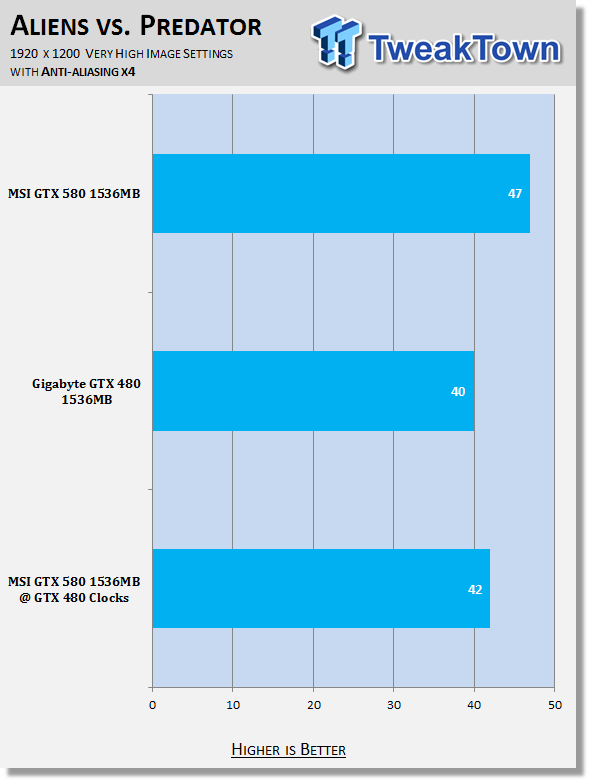
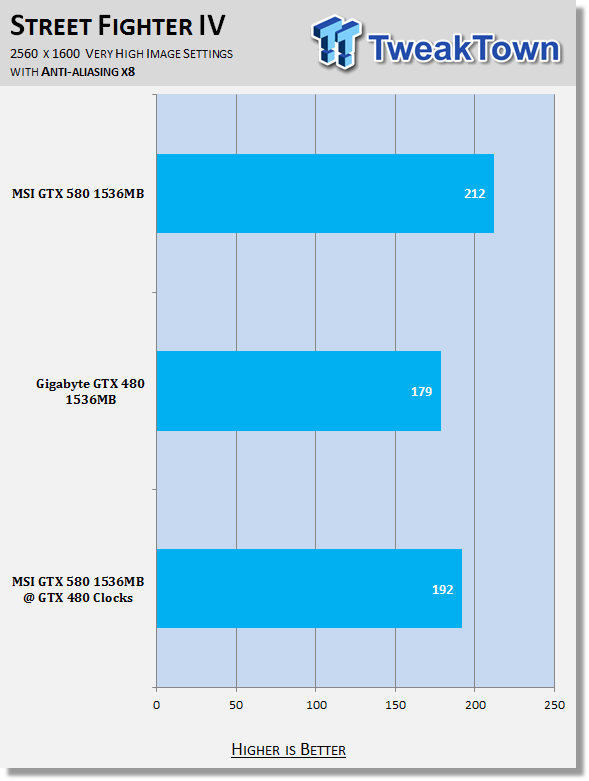
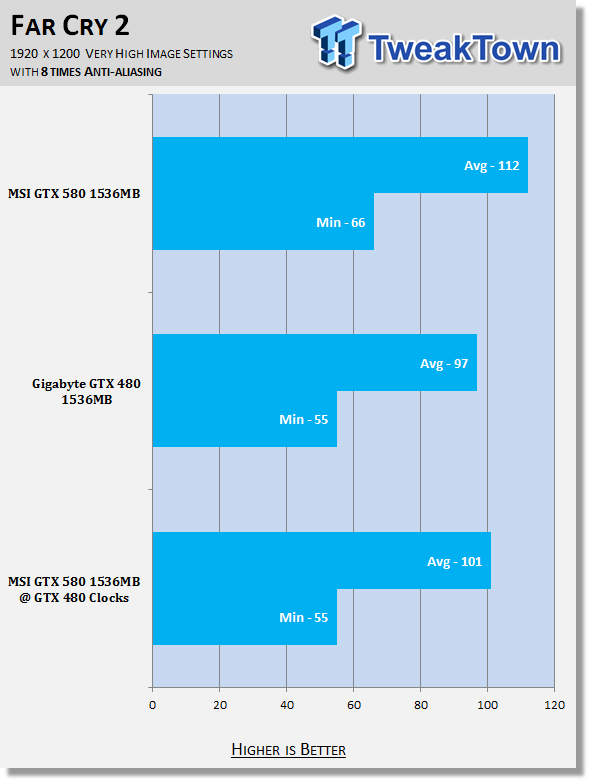
Mafia II again sees that with those extra Shaders on offer we're able to break into the 60 FPS mark. The rest of our other tests don't really show too many surprises.
Benchmarks - PhysX Tests
PhysX Tests
Here we're able to find out when PhysX is turned on in games that support it what kind of frame rates we're able to get. We always set PhysX to the highest possible in game settings while also keeping detail at its highest.
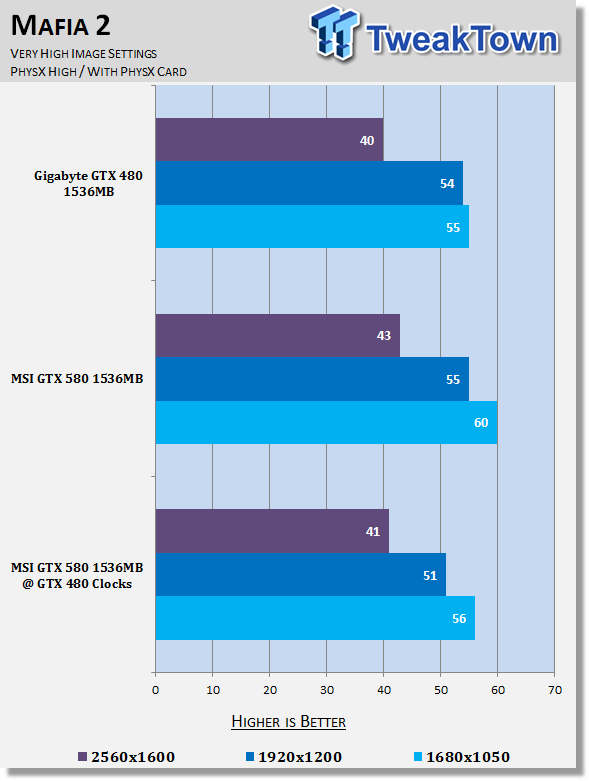
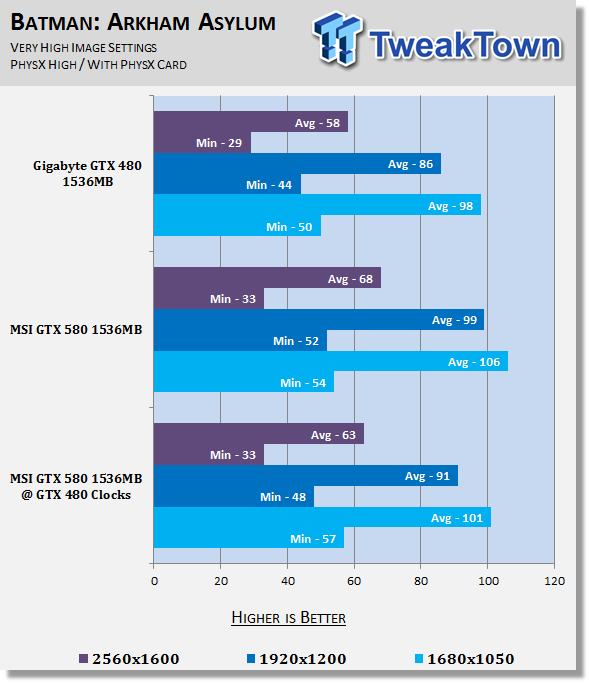
Similar to what we've seen all along, but when PhysX comes into the picture the differences aren't as noticeable.
Temperature Test
Temperature Tests

The temperature of the core is pulled from MSI Afterburner with the max reading used after a completed run off 3DMark Vantage and the Performance preset.

With this fan and chip setup the GTX 580 at GTX 480 clocks comes in at a nicer looking 76c.
Sound Test
Sound Tests

Pulling out the TES 1350A Sound Level Meter we find ourselves quickly yelling into the top of it to see how loud we can be.
After five minutes of that we get a bit more serious and place the device two CM away from the fan on the card to find the maximum noise level of the card when idle (2D mode) and in load (3D mode).
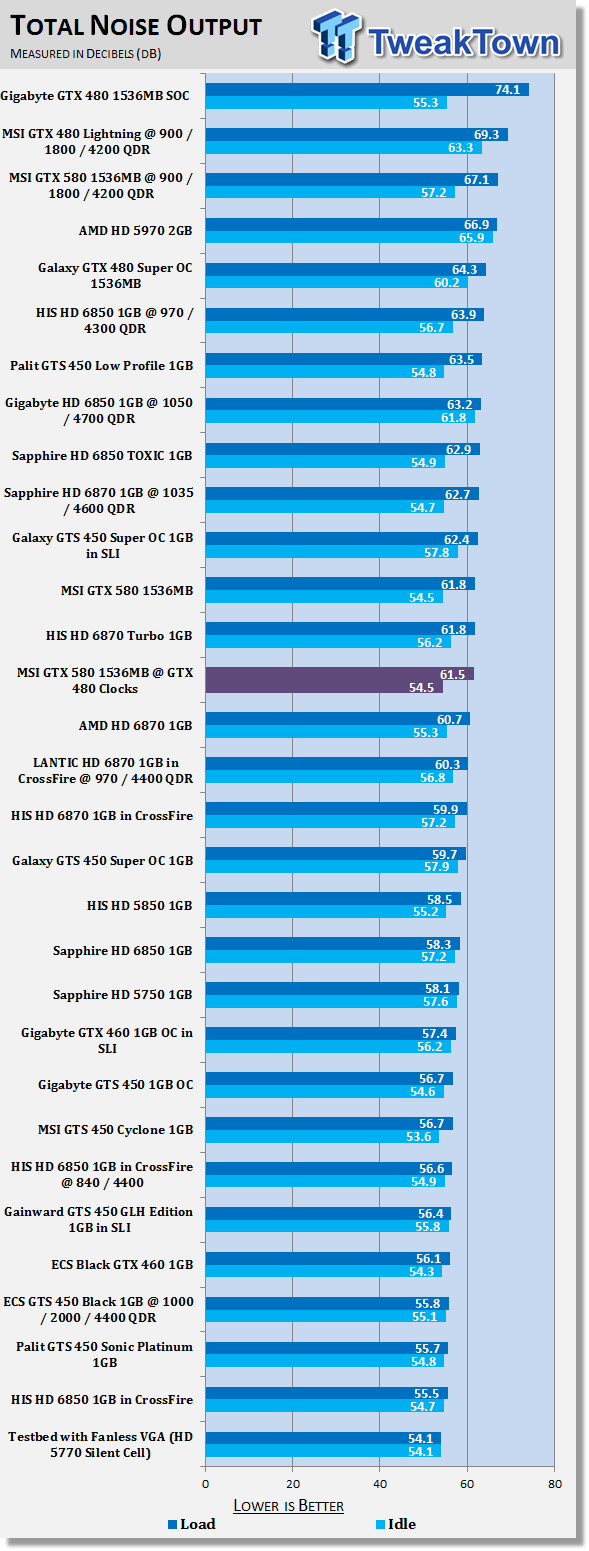
Noise levels also look a whole lot more impressive with the card sitting a lot lower down the graph.
Power Consumption Tests

Using our new PROVA Power Analyzer WM-01 or "Power Thingy" as it has become quickly known as to our readers, we are now able to find out what kind of power is being used by our test system and the associated graphics cards installed. Keep in mind; it tests the complete system (minus LCD monitor, which is plugged directly into AC wall socket).
There are a few important notes to remember though; while our maximum power is taken in 3DMark06 at the same exact point, we have seen in particular tests the power being drawn as much as 10% more. We test at the exact same stage every time; therefore tests should be very consistent and accurate.
The other thing to remember is that our test system is bare minimum - only a SSD hard drive is used with a single CD ROM and minimal cooling fans.
So while the system might draw 400 watts in our test system, placing it into your own PC with a number of other items, the draw is going to be higher.
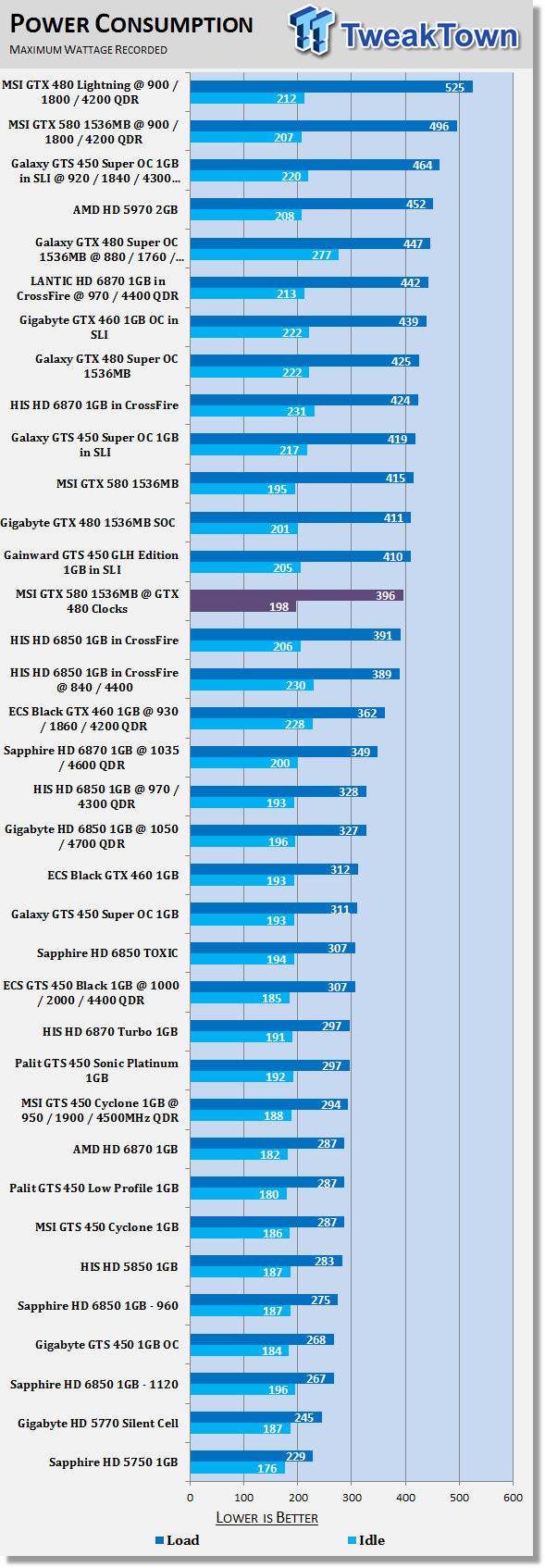
Power draw also comes down under 400 Watt which is nice.
Final Thoughts
The GTX 580 is very much a GTX 480 on steroids and while that doesn't make it a bad card, it's frustrating that NVIDIA chose to bring in a new series number for it when it probably wasn't really deserved. Apart from the performance boost the GTX 580 offers over the GTX 480, there's not really anything new coming to the table. Maybe if the new 500 series had the ability to run three monitors off the one card, implemented DisplayPort or added something more, then it could've been more justified, but just a performance boost doesn't really seem to warrant it.
If the GTX 580 we're looking at today was the GTX 480 in March, we have to wonder what would've changed. The heat's a lot bitter, the noise levels are more impressive and the performance at GTX 480 speeds but with the 512 Shaders is strong. There's no denying that it would've impacted AMD a little, but if the card launched in November '09 like NVIDIA had hoped and expected it to, I think it's safe to say that 2010 would've been a completely different year.
You can see that moving from 480 Shaders to 512 Shaders brings with it a really nice performance boost that can equate to 10% at the higher resolution sometimes. Throw in a mild overclock; which is the reference clocks that the GTX 580 carries, and you've got yourself some killer performance.
Get a little more wild with the OC like we did when we tested the GTX 580 Overclocked, and you see some massive performance gains at 900MHz over the competition.
NVIDIA has done a good job with the GTX 580 when it comes to overall performance since earlier in the year they dealt with the issues that the GTX 480 presented them with. They then released the GTX 465, GTX 460 and GTS 450 and in that time they managed to have ready the GTX 580 and in the following days, the GTX 570.
The 500 series might only be a slight refresh when compared to the 400 series, but at the end of it all if NVIDIA can offer us more performance at a similar or cheaper cost, who are we to complain?
Sure, it would've been nice to see the GTX 480 launch with the 512 Shaders, these cooling and noise numbers, but it didn't. We can't change the past and NVIDIA know that; instead they'll work on the future. Their aim is to grab more market share then AMD and with what we're seeing here in the late of 2010, 2011 is going to be a very interesting year from both sides.

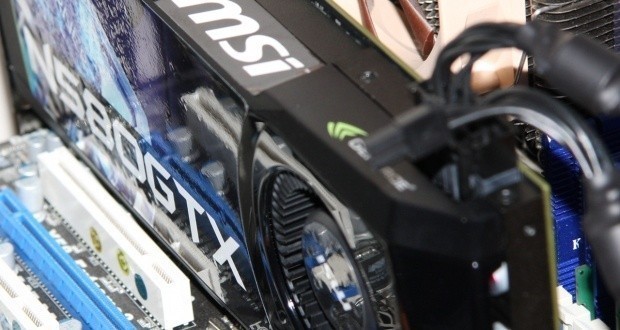
 United
States: Find other tech and computer products like this
over at
United
States: Find other tech and computer products like this
over at  United
Kingdom: Find other tech and computer products like this
over at
United
Kingdom: Find other tech and computer products like this
over at  Australia:
Find other tech and computer products like this over at
Australia:
Find other tech and computer products like this over at  Canada:
Find other tech and computer products like this over at
Canada:
Find other tech and computer products like this over at  Deutschland:
Finde andere Technik- und Computerprodukte wie dieses auf
Deutschland:
Finde andere Technik- und Computerprodukte wie dieses auf